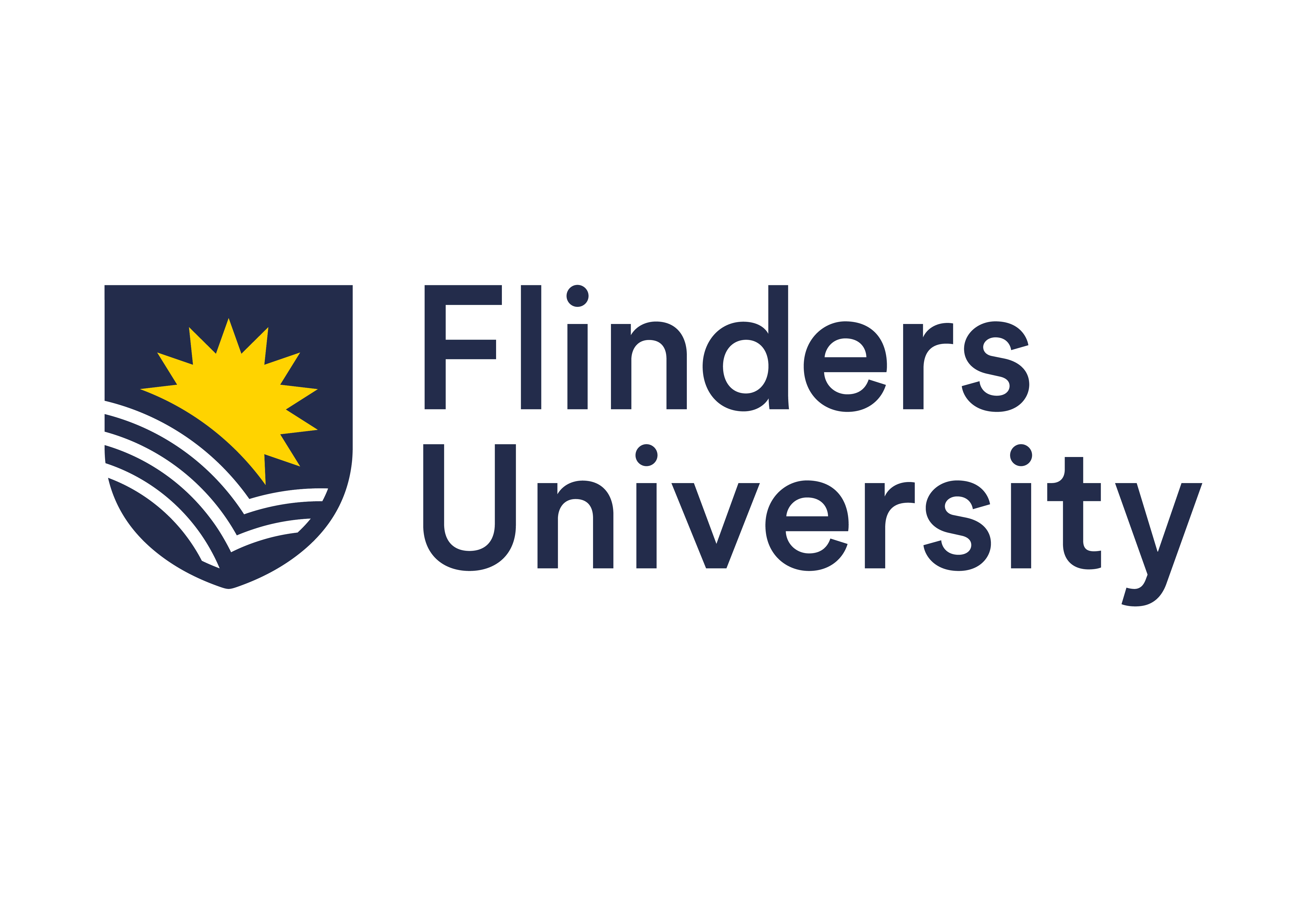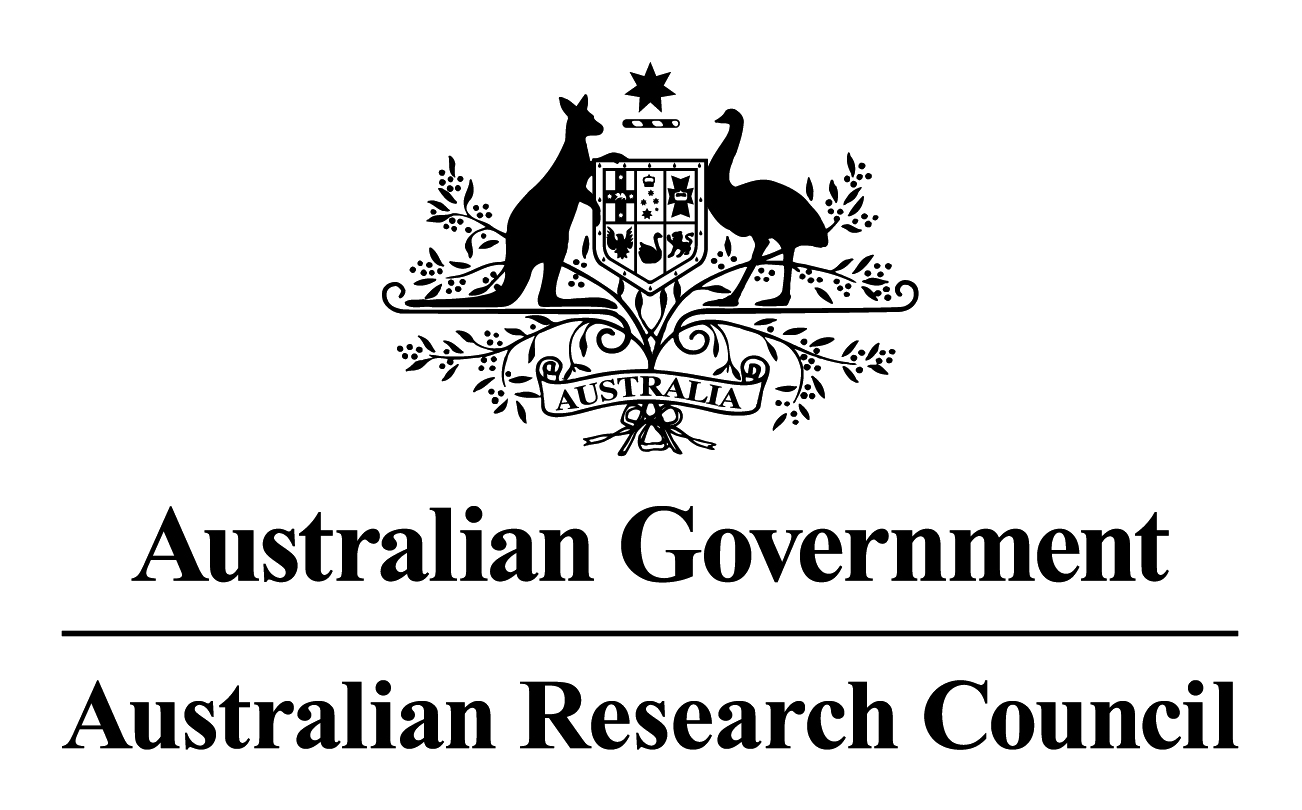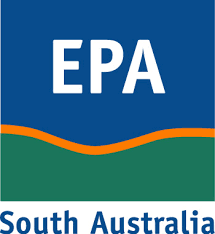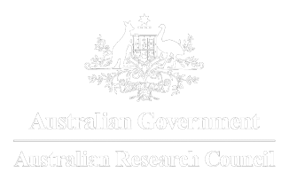About us
Vision and aims
We are the leading Australian research and training centre finding solutions for biofilm related challenges
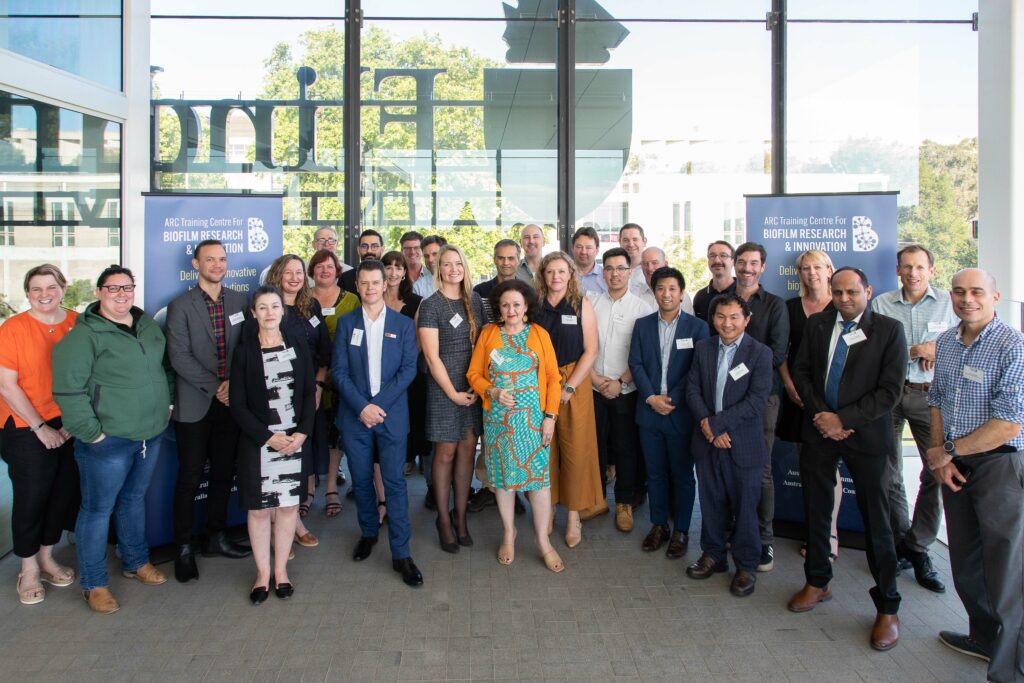
Aims
Our centre aims to develop the human capacity, the underpinning knowledge and relationships necessary to effectively deliver innovative biofilms solutions for Australian maritime and water industries.
Vision
Through partnerships with Maritime and Water industries train the innovative, agile and diverse workforce with the skills needed to respond to current and emerging industry needs related to biofilms.
We are working with industries to
- Develop a new generation of leaders in biofilm monitoring and control
Develop a new generation of specialists in biofilm monitoring and control through training, education and mentoring of HDR students and early career researchers. This will be achieved through collaborative research projects and training with the industry partners, intern experience and workshops focused on better managing biofouling issues that meet the requirements of the regulatory bodies.
- Advance scientific knowledge
The centre activities will create new knowledge which will be directly transferred to the industry via training and workshops on how to practically implement modifications to their biofouling management processes. These new management solutions that will enhance the competitiveness of our industry partners.
- Build collaborations and partnerships
Foster close partnerships between academic experts, industry and other end-users to translate research into innovative solutions to benefit industries worldwide.
About biofilms
Biofilms can profoundly affect industrial productivity, human health and the environment.
Biofilms are a community of microorganisms, such as bacteria, fungi and algae that attached to a surface and start to reproduce. They do this by secreting a sticky substance called extracellular polymeric substance (EPS), which acts as a glue, holding the cells together and forming a slimy matrix. This matrix is highly organized, the microorganisms within the Biofilms communicate with each other through a process known as quorum sensing. This allows them to coordinate their behaviour and adapt to their environment.
Understanding Biofilms is critical to improving industrial processes, protecting the environment, and preventing infections. Biofilms can be detrimental to a range of industrial processes. For example, Biofilms can damage pipelines through the promotion of microbial corrosion that can significantly damage infrastructure and lead to costly repairs. Within the marine environment, biofilms can cause both macrofouling and microfouling.
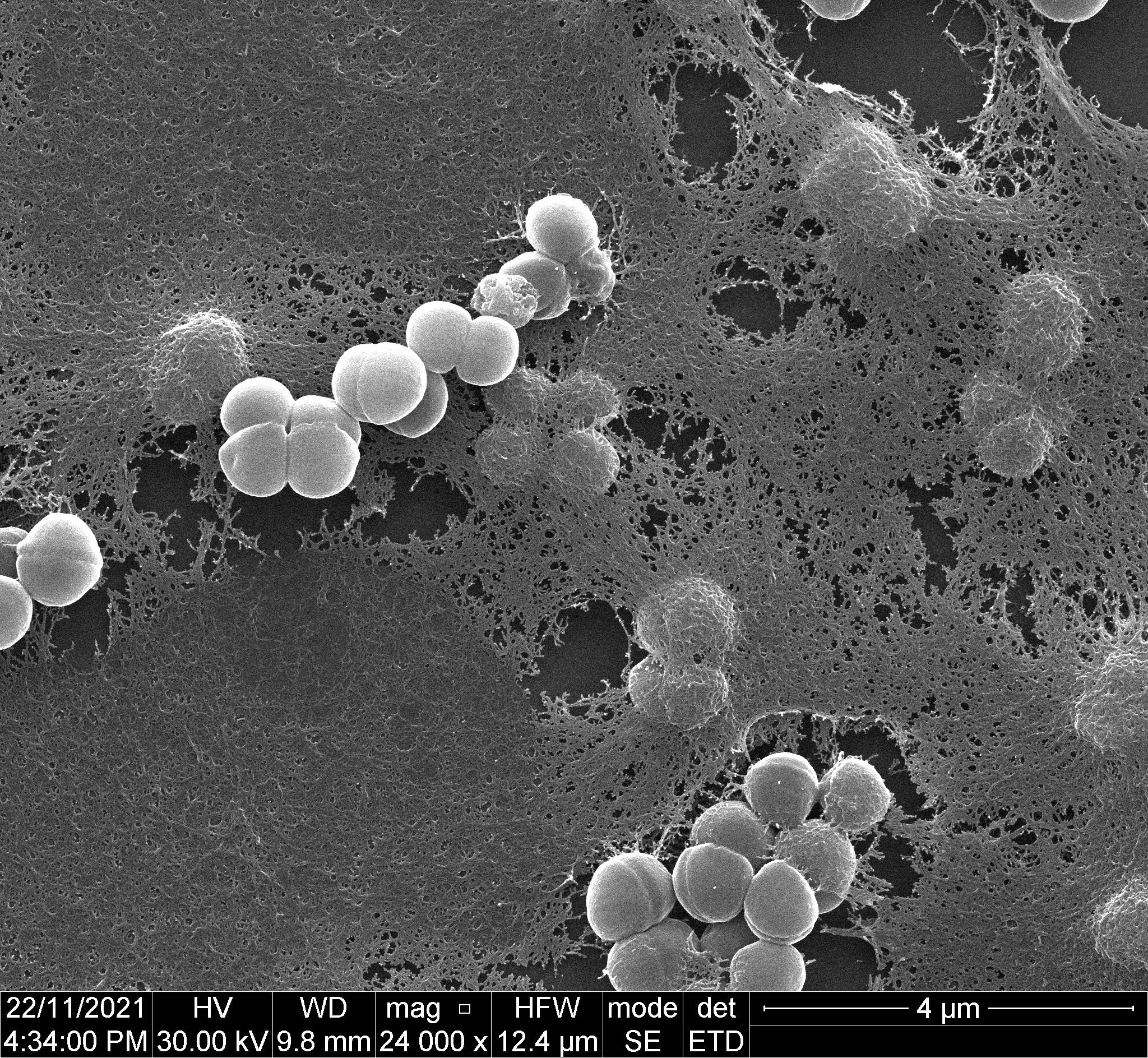

Macrofouling refers to the visible accumulation of large organisms on surfaces, such as barnacles, mussels, seaweed and other macroscopic organisms. These organisms can attach to surfaces covered by biofilms, and their growth can be promoted by the nutrients and shelter provided by the biofilm. Macrofouling can cause significant problems in marine environments, such as reduced flow rates, increased drag on ships and boats, and increased maintenance costs for submerged structures such as pipelines and offshore platforms. It can also lead to biosecurity concerns through the transfer of invasive species. Microfouling, on the other hand, refers to the accumulation of small organisms and particles on surfaces covered by biofilms, such as bacteria, fungi, and organic debris. Microfouling can cause a reduction in flow rates and heat transfer efficiency, leading to increased energy consumption and maintenance costs. Both macro and micro fouling can have significant impacts on industrial processes and the environment, and they are often difficult to control. Understanding the formation and behaviour of biofilms is critical in developing effective strategies to prevent and control fouling in various applications.
Biofilms can harbour disease causing microorganisms that can pose a threat to public health. This is particularly important for the industrial processes involved in the delivery of safe food and water. Especially in high risk setting where there are vulnerable individuals such as hospital and aged care facilities. However, biofilms can also be beneficial to industrial processes. For example, biofilms play a significant role in wastewater treatment, where they help break down organic matter.
One of the most significant challenges of biofilms is that they can be incredibly difficult to remove. The EPS matrix provides protection from disinfectants, antibiotics, and other chemical agents, making it challenging to eliminate them. One solution that has gained attention in recent years is the development of antimicrobial coatings and materials. These coatings are designed to prevent bacteria from attaching to surfaces by releasing antimicrobial agents. The materials used in these coatings prevent the formation of the EPS matrix that bacteria use to hold onto surfaces, thus preventing biofilms from forming. Additionally, biofilm monitoring strategies have been developed to detect the presence of biofilms and alert maintenance personnel when they begin to form. This allows for quick action to prevent the biofilm from becoming established and causing damage. Alternatively, these approaches can be used to selectively promote and manage beneficial biofilms.

People
Jason Hinds
David Cook
Adam Falconer-West
Thomas Chaffre
Umair Waqas
Sam Butterworth
Sawkat Pinki
Avidan Omondi
Brianna Scanlon
Michael Gilbert
Denis Wright
Our Partners
